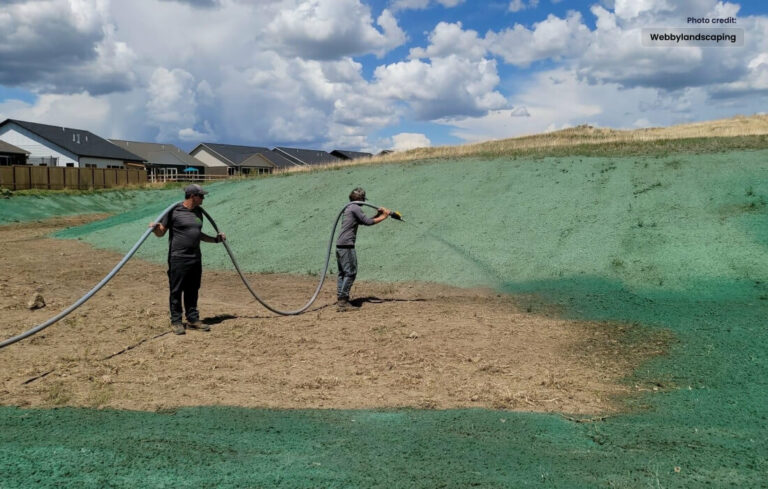Discover the vibrant world of veganism through our comprehensive guide to the vegan diet.
Quick Summary:
The vegan diet is a plant-based eating approach that excludes all animal products. It focuses on consuming fruits, vegetables, grains, legumes, nuts, and seeds. Vegans avoid meat, dairy, eggs, and honey. This diet is known for its health benefits, as it is rich in fiber, vitamins, minerals, and antioxidants. It’s also considered more environmentally friendly and ethical, as it reduces animal exploitation. Many people choose a vegan diet for health, environmental, and ethical reasons. It’s a great way to explore new flavors and embrace a compassionate lifestyle!
Introduction:
In a world where conscious living and ethical choices are gaining momentum, the vegan diet has emerged as a powerful and compassionate way of life. More than just a trend, veganism represents a commitment to the well-being of the planet, the welfare of animals, and personal health. Join us as we delve into the vibrant world of plant-based living, exploring the benefits, dispelling myths, and providing you with a roadmap to a fulfilling vegan lifestyle.
Understanding the Vegan Diet
Benefits for You and the Planet
The vegan diet is more than just a dietary choice; it’s a holistic lifestyle that extends beyond the plate. Discover how adopting a plant-based diet can positively impact your health, reduce your carbon footprint, and contribute to a more sustainable world.
Nutritional Essentials
Contrary to common misconceptions, a well-planned vegan diet can provide all the essential nutrients your body needs. Explore the key nutrients, learn about plant-based sources, and understand how to achieve a balanced and nourishing vegan diet.
Delicious Vegan Recipes
Breakfasts to Fuel Your Day
Start your mornings right with hearty and nutritious vegan breakfast options. From smoothie bowls bursting with flavors to savory avocado toasts, we’ve got your first meal of the day covered.
Wholesome Lunch and Dinner Ideas
Discover the art of creating satisfying and flavorful vegan lunches and dinners. From protein-packed salads to comforting plant-based curries, our recipes cater to diverse tastes and dietary preferences.
Sweet Indulgences
Satisfy your sweet tooth with delectable vegan desserts. Explore guilt-free treats that are not only delicious but also cruelty-free, proving that you can have your cake and eat it too – without compromising your values.
Navigating Challenges
Addressing Nutrient Concerns
Learn how to address common nutrient concerns associated with a vegan diet, ensuring you get the right balance of vitamins and minerals for optimal health.
Social Situations and Eating Out
Navigating social situations and dining out as a vegan doesn’t have to be challenging. Gain practical tips on how to communicate your dietary choices and discover vegan-friendly options at restaurants.
Embracing a Sustainable Lifestyle
Beyond the Plate
Explore the broader aspects of veganism, from ethical fashion choices to eco-friendly living tips. Discover how adopting a vegan lifestyle can extend beyond the kitchen and positively impact the world around you.
Conclusion
Embark on a journey of wellness, compassion, and sustainability with the vegan diet. Whether you’re a seasoned vegan or considering making the switch, our guide provides valuable insights, delicious recipes, and practical tips for embracing a fulfilling and vibrant plant-based lifestyle. Join the green revolution today!
Click here for International news today
Visit Our Urdu Site














